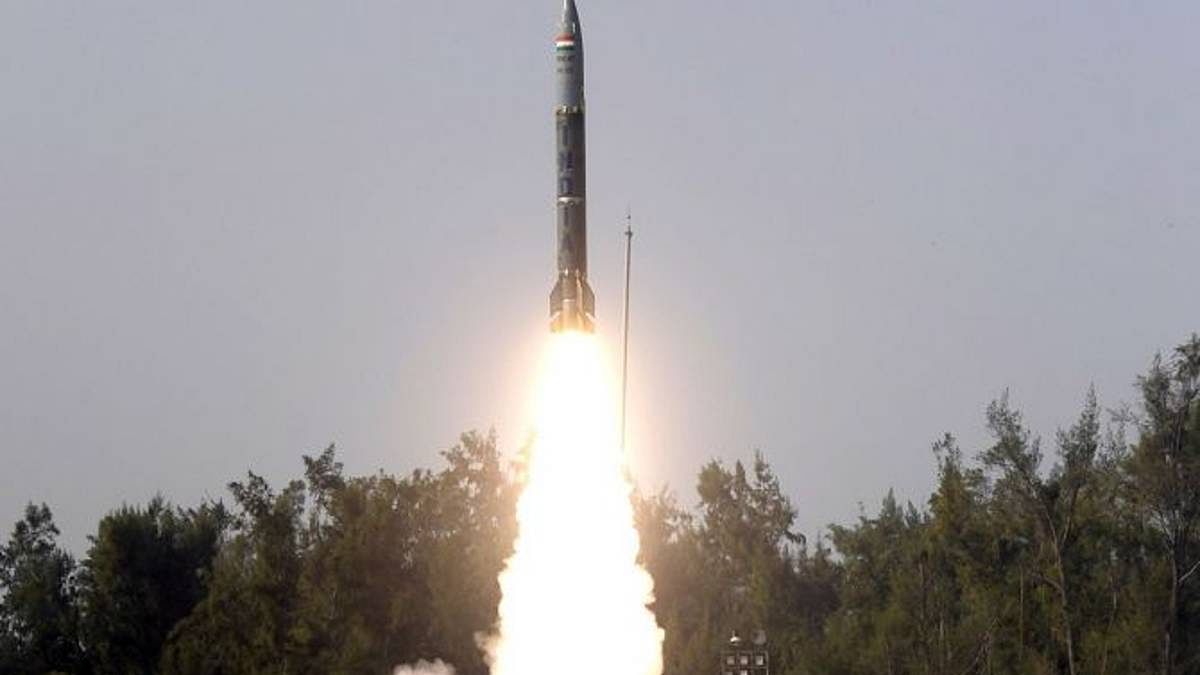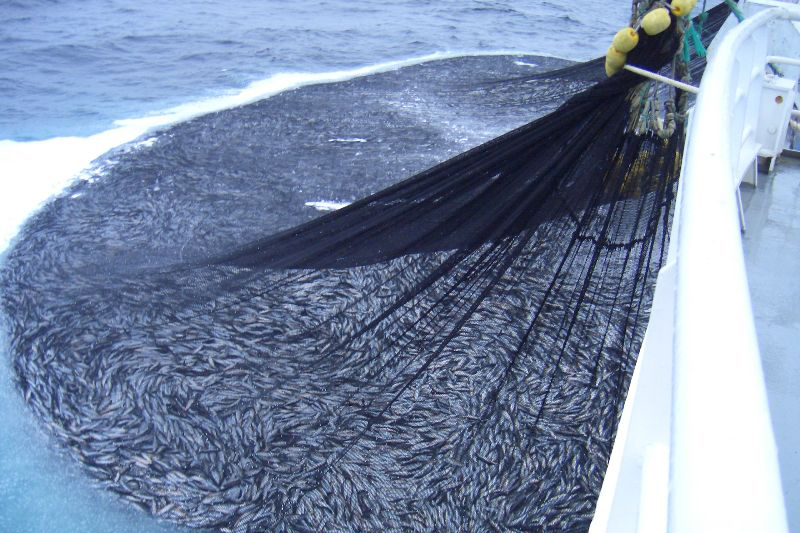The Defence Ministry has decided to station surface-to-surface ‘Pralay’ ballistic missiles developed in-house near India’s borders with China and Pakistan.

What exactly are Tactical Missiles?
- Short-range missiles are classified as tactical, while long-range missiles are classified as strategic.
- A tactical missile is one that is used to destroy tactical enemy targets such as bunkers, mortar positions, artillery positions, and so on.
- Battlefield missiles are tactical, whereas long-range missiles aimed at larger targets such as cities are strategic.
These missiles have the following characteristics:
- Tactical missiles have a range that is somewhere between long-range rockets and short-range ballistic missiles, with a typical range of 100 to 200 kilometers.
- Extreme precision and accuracy: These missiles are extremely precise and can destroy small, steady, and moving targets with pinpoint accuracy.
‘Pralay’ Missile
- Pralay is a Hindi word that means “apocalypse” or “great destruction” or “damage”.
- The Pralay missile project, which was approved in 2015, is a development of the Prahaar missile programme, which was first tested in 2011.
- The DRDO-developed ‘Pralay’ ballistic missile is a tactical, surface-to-surface, and short-range ballistic missile (SRBM) for battlefield use.
- It can hit targets from 150 to 500 kilometres away and is extremely difficult to intercept by enemy interceptor missiles.
- Pralay is a high explosive preformed fragmentation warhead that weighs between 350 and 700 kg and is powered by a solid fuel rocket motor.
- It also accounts for its PCB and RDP (Runaway Denial Penetration Submunitions) (RDPS).
Unique features
- Precise targeting: The missile is designed to destroy enemy radar, communication installations, command centers, and airfields.
- Quasi Ballistic Trajectory: When an object is shot, it follows a low curved path.
- Pralay has the ability to avoid anti-ballistic missile (ABM) interceptors by performing mid-air maneuvers with a maneuverable re-entry vehicle.
- Destruction capability: When a high-explosive warhead, such as the one carried by the Pralay missile, explodes, its pieces are thrown at high speeds, inflicting heavy damage.
What makes Pralay lethal?
- The Indian missile is similar to China’s Dong Feng 12 and Russia’s Iskander missile, both of which have been used in the ongoing conflict with Ukraine.
- The US Army is working to extend the range of a similar short-range ballistic missile known as the Precision Strike Missile (PrSM).
- Pralay is lethal because it is a quasi-ballistic weapon, which means that, while it has a low trajectory and is mostly ballistic, it can manoeuvre in flight.
- Short-range ballistic missiles, as opposed to intercontinental ballistic missiles, remain within the Earth’s atmosphere.
Way ahead
- Pralay, along with the BrahMos supersonic cruise missile, will form the crux of India’s planned Rocket Force — a concept that was envisaged by former Chief of Defence Staff (CDS), the late General Bipin Rawat.
- Only conventional missiles would come under the planned Rocket Force as and when it’s ready, while nuclear weapons would continue to be under the ambit of the Strategic Forces Command.
Source: https://m.economictimes.com/news/defence/india-clears-pralay-tactical-ballistic-missiles-for-armed-forces-to-be-deployed-along-china-border/articleshow/96500010.cms








